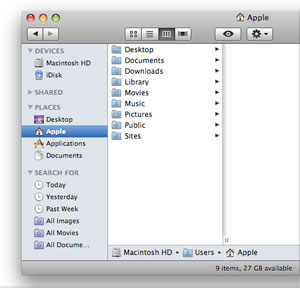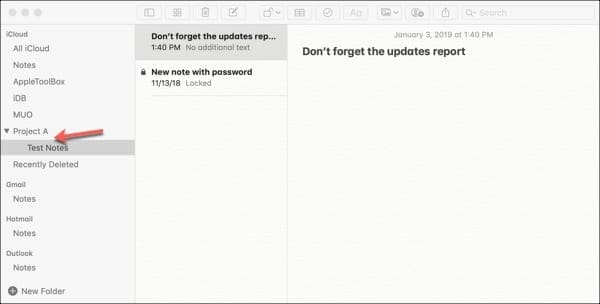

- #Mac move directory how to#
- #Mac move directory mac os#
- #Mac move directory code#
- #Mac move directory windows#

Passing in an absolute path gives us the benefit of being explicit about where we want to change our working directory to. We can pass in either an absolute path or a relative path. Unlike the getcwd() function, this function does accept a parameter and doesn’t return anything. The chdir() function allows us to change the working directory. The Python os library comes with a helpful function that works similar to the getcwd() function. Change the Working Directory with Python OS

#Mac move directory how to#
Now that you know how to get the current working directory in Python, let’s see how we can use it change (or set) the working directory. The _file_ variable is used to identify the current file being imported. Simply assign os.path.realpath(_file_) to a variable and you can access it.
#Mac move directory code#
If you want to find the path to the file that is currently running your code (meaning you get the path to directory as well), you can use the os library as well.
#Mac move directory windows#
On a Windows computer, you may encounter a result such as C:\Users\datagy\Documents.
#Mac move directory mac os#
In the above example, I’m running on a the script on a Mac OS computer. The format of the outputted directory will, of course, vary from operating system to operating system. The function doesn’t accept any arguments and returns a unicode representation of our current working directory. # Returns: Current Working Directory is: /Users/datagy Print('Current Working Directory is: ', cwd) Let’s see what this looks like: # Get Current Working Directory with os.getcwd() getcwd stands for get current working directory. getcwd() function to get the current working directory. This allows us to build scripts that can easily move from one system to another, as long as the relative directory is the same. By knowing the working directory, we can files in the directory by using relative paths. In this section, you’ll learn how to use the os library to get the current working directory in Python. The key functions to use to get and change your current working directory in Python Get the Working Directory with Python OS For example, it can be used to copy files using Python or to delete files using Python. The os module has a number of helpful functions. This is particularly helpful when developing scripts that are intended to work across different operating systems. The module abstracts a number of helpful operating system operations. Because the library is built into Python, you can easily import is directly, such as shown below: # Importing the os Module The Python os module a built-in library allows us to perform common operating system tasks.
:max_bytes(150000):strip_icc()/MoveHomeFolder-5a48025b4e4f7d003a6db931.jpg)
The Quick Answer: Use os.getcwd() and os.chdir() How to get and set a working directory in Python Being able to traverse these directories without using paths fixed to a given computer allows you to build more flexible code that can move across computers. This is especially true in data science where you may have directories for data, models, and scripts. How to troubleshoot different error codes like NotADirectoryError or FileNotFoundError errorsīeing able to work with and move around file systems is an important skill.How to change the working directory with Python.How to use the Python os library to get the working directory.An overview of working with working directories using the Python os library.This allows you to easily write paths to that are relative to the working directory.īy the end of this tutorial, you’ll have learned: Being able to get and to change the working directory while in a Python script allows you to easily work with relative paths. Being able to work with the file system is a great skill to learn for a Python developer of any skill level. In this tutorial, you’ll learn how to use Python to get and change (set) the working directory.


 0 kommentar(er)
0 kommentar(er)
